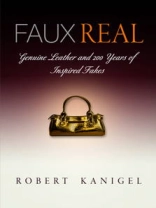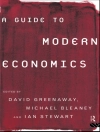What makes genuine leather genuine? What makes real things real? In an age of virtual reality, veneers, synthetics, plastics, fakes, and knockoffs, it’s hard to know.
Over the centuries, men and women have devoted enormous energy to making fake things seem real. As early as the fourteenth century, fabric was treated with special oils to make it resemble leather. In the 1870s came Leatherette, a new bookbinding material. The twentieth century gave us Fabrikoid, Naugahyde, Corfam, and Ultrasuede. Each claims to transcend leather’s limitations, to do better than nature itself—or at least to convince consumers that it does.
Perhaps more than any other natural material, leather stands for the authentic and the genuine. Its animal roots etched in its pores and in the swirls of its grain, leather serves as cultural shorthand for the virtues of the real over the synthetic, the original over the copy, the luxurious over the shoddy and second-rate. From formica, vinyl
siding, and particle board to cubic zirconium, knockoff designer bags, and genetically altered foods, inspired fakes of every description fly the polyester pennant of a brave new man-made world. Each represents a journey of scientific, technical, and entrepreneurial innovation. Faux Real explores this borderland of the almost-real, the ersatz, and the fake, illuminating a centuries-old culture war between the authentic and the imitative.
Om författaren
Robert Kanigel is Professor of Science Writing at MIT and author of several books, including The Man Who Knew Infinity: A Life of the Genius Ramanujan, a finalist for the National Book Critics Circle and L.A. Times Book awards.












